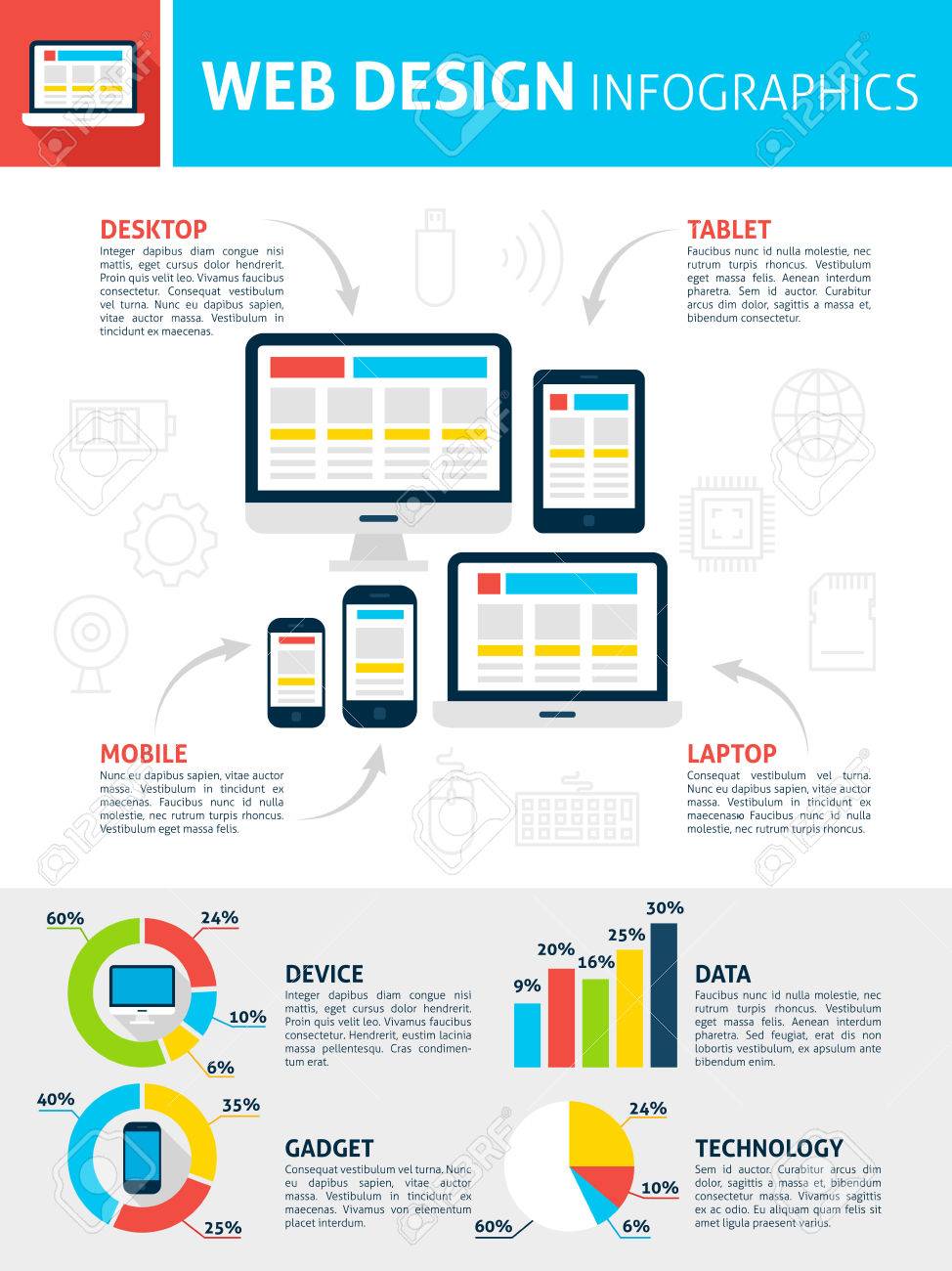Core Principles Of Site Style: Suggestions For Crafting A User-Friendly Online Presence
Core Principles Of Site Style: Suggestions For Crafting A User-Friendly Online Presence
Blog Article
Authored By- Search Ads
When it concerns website style, guaranteeing user-friendliness is essential. From responsive layout to structured navigation, every aspect plays a critical function in producing a site that satisfies your audience's demands. However what concerning the finer details that can make or break an individual's browsing experience? Stay tuned as we reveal some often-overlooked tips that can raise your site's functionality to the next level, making it absolutely attract attention in the electronic landscape.
Importance of Responsive Style
Receptive design is a crucial facet of modern-day site growth. Guaranteeing your site is receptive means that it can adjust to various display sizes and devices, providing a smooth experience for customers.
With the raising use smartphones and tablet computers to access the internet, having a responsive style is essential for getting to a broader audience. It assists in enhancing individual experience by making your site simple to navigate and keep reading any device.
In addition, receptive design can positively affect your search engine rankings, as online search engine like Google prioritize mobile-friendly internet sites. By having a receptive style, you're likewise future-proofing your web site, as new devices with varying display sizes remain to arise.
Simplify Navigating Framework
To improve user experience and help with easy accessibility to information on your web site, simplifying the navigation structure is paramount. When developing your website, concentrate on producing a clear and user-friendly navigating food selection that aids visitors find what they're looking for rapidly.
Limit the number of food selection products to the basics, grouping related pages with each other to stay clear of frustrating users. Use descriptive labels that plainly indicate the material of each page, making it easier for users to comprehend where each web link will certainly take them.
Take into consideration executing dropdown food selections for subcategories to avoid cluttering the major navigation bar. Additionally, consist of a search bar prominently on the page for users who choose looking for specific details.
Focus on mobile responsiveness in your navigation design to ensure easy access on all tools.
Optimize Page Load Rate
Improving web page lots speed is crucial for keeping visitors on your website. Slow-loading pages annoy users and can bring about high bounce prices. To enhance page load rate, begin by enhancing pictures. https://squareblogs.net/sabina62shanelle/maximizing-internet-experiences-focusing-on-mobile-first-style without compromising quality to reduce their documents dimensions.
Furthermore, allow browser caching to store frequently accessed sources locally, speeding up load times for returning visitors. Minify CSS, JavaScript, and HTML documents by getting rid of unnecessary characters, comments, and formatting, boosting tons speed.
Consider making use of a content shipment network (CDN) to disperse your internet site's web content throughout numerous web servers worldwide, minimizing latency for individuals accessing your website from different places. Last but not least, limit making use of third-party scripts and plugins, as they can considerably impact load times.
Conclusion
To conclude, by incorporating responsive style, streamlining navigation, and maximizing page load rate, you can develop an user-friendly web site that appeals to a larger target market and improves user experience. These essential elements guarantee that visitors can easily access and navigate your site throughout various gadgets, bring about increased engagement and satisfaction. By concentrating on these crucial aspects, you can construct an effective web site that keeps users returning for more.
